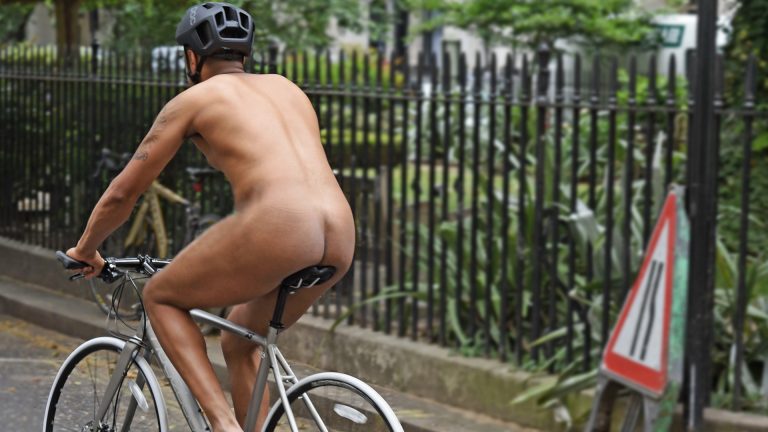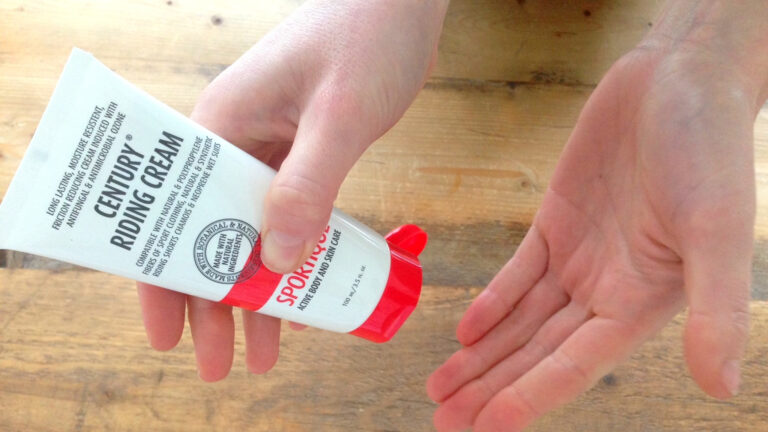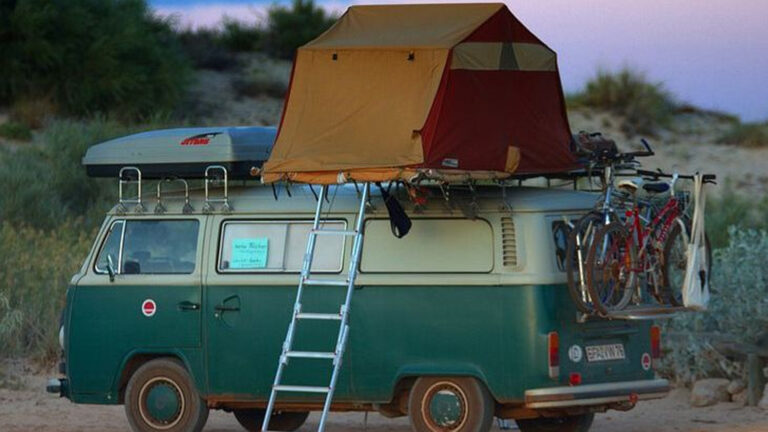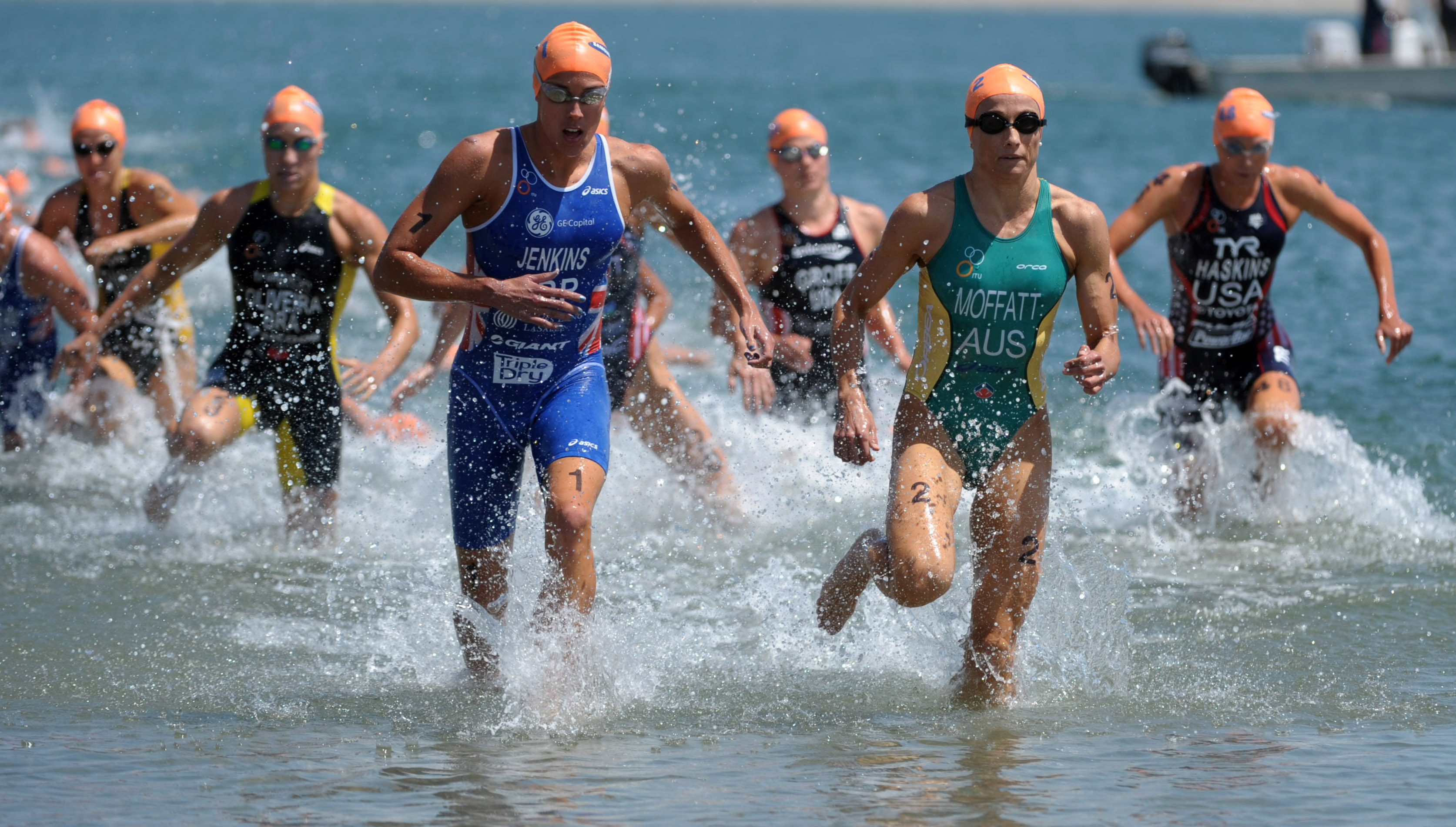
Any woman who has taken part in both a triathlon and a sportive or a touch of road racing will probably notice a distinct difference in the gender split at both events.
Triathlon is the sport for people who feel that one sport is simply not enough. The discipline consists of continuous movement between swimming, cycling and running – with the winner being the person who manages the quickest time across all three. Including wetsuit removal and getting on and off the bike.
In 2013 British Triathlon reported that approximately one third of its membership was female, and 28% of the 2015 London Triathlon competitors were female.
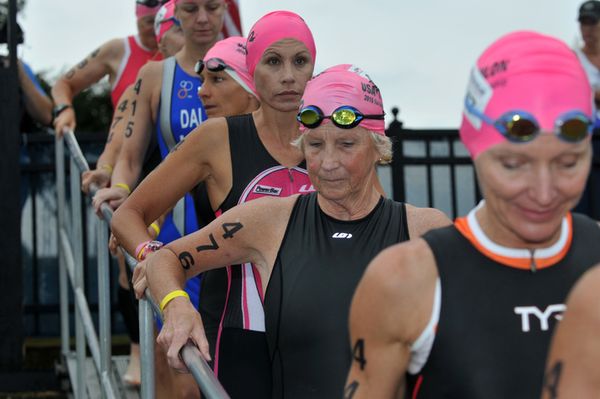
Comparatively, British Cycling revealed their female membership stood at 15% in 2013 – though this has now increased by 19% thanks to Breeze and other initiatives.
Prize money has always been equal in triathlon – in fact Emma Pooley famously told reporters that she won more money coming third in a half-Ironman in the Philippines than she ever did in the dozens of bike races she won in her career.
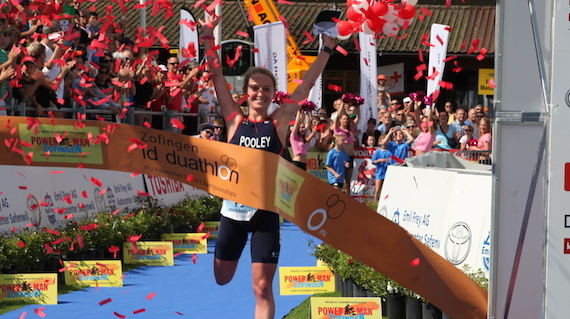
The discrepancy in pay for professional cyclists is huge – this year, Elisa Longo-Borghini received £871 for winning the Tour of Flanders, whilst Alexander Kristoff pocketed £14,365 for victory in the men’s race.
The only obviously gender inequality in triathlon is the cap on professional competitors for the Ironman World Championships in Kona. For this event, there are 15 more slots allocated for men than women – 50 for men, and 35 for women. IRONMAN, the organisers, have remained intent on maintaining this rule despite opposition.
So – triathlon is not 100% equal, but it’s a damn sight further ahead than cycling. Why is that?
The first modern triathlon is considered to have been the Mission Bay Triathlon, held in San Diego, California, in September 1974. The race attracted 46 competitors.
Like all growing sports, eventually moderation was required, and the International Triathlon Union was founded in 1989, with the intention of turning the sport into an Olympic discipline – a goal they succeeded in in the year 2000.
Speaking at the Women in Sport conference in Madrid, ITU president Marisol Casado, had the pleasure of explaining: “Triathlon has always been a sport that has true gender equality. There are the same prizes, same distances and same courses. In 1989, this concept was a shock for some people. Today, one of the main goals for triathlon is to have the same number of men and women participating in events.”
She sits at the top of the ITU board – and of nine table officers and board members, five are female.
Triathlon has always been a sport that has true gender equality.
A year after the ITU was formed, Women’s Commission was created – that was in 1990, and from the beginning it was the intention to ensure that equality was implemented. The commission still exists, chaired by Tomoko Wada of Japan.
To the contrary, the first bike race was held in 1868 – 50 years before women even had the chance to vote in the UK, in 1918.
5 Issues in Professional Women’s Cycling More Important Than THAT Kit
The Union Cycliste International (UCI) was founded in 1990 – still 18 years before women in the UK were deemed fit to vote. It wasn’t until 2013 that a Women’s Commission was set up by new UCI president, Brian Cookson – their aim being:
To realise the potential for; the participation of women in the sport of cycling and for recreation, transport and health, development pathways in cycling as a sport and as a career, a framework for professional female cyclists and commercial success in women’s cycling.
Triathlon is in the fortunate position of having sprung up in a time when gender equality was more balanced, comparative to cycling, which is steeped in a long history of sexism.
Triathlon doesn’t have a 50/50 split – but the fact that participation is so much closer to equality tells us something very simple: that the history and leadership of a sport plays a huge role in its make-up.
Campaigns such as #ThisGirlCan aim to change women’s attitudes towards sport – and the Sport England ads have been hugely successful, and inspiring.
However, it’s worth leaders in sport remembering that women will be more inclined to filter into sports that demonstrate equality. Sports where they know their professional role models are held with the same respect as male counterparts. Spots where event availability is equal and there is a large field of competition and comradery to be found. Sports where they can see their own gender at the top of their game live on TV.
Cycling is on the way, but it’s got a lot of history to make up for.
You might also like:
Interview: Chris Boardman on Gender Inequality in Cycling
Women and Cycling Conference Asks: “What Can We Do to Encourage More Women to Cycle?”
Female Cyclists Experience Twice as Much Aggression on the Roads than Men


